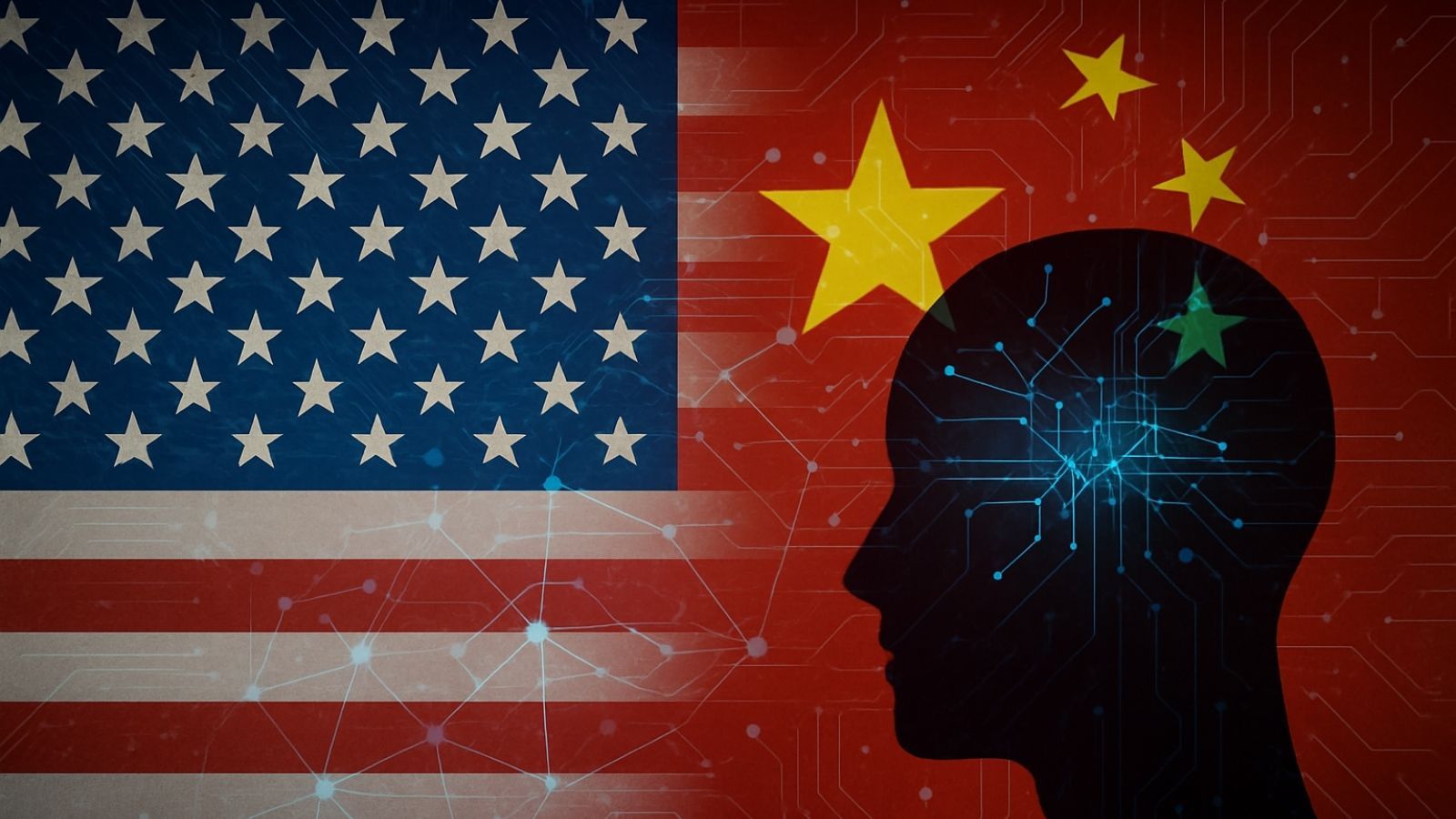As the United States and China push to lead in artificial intelligence, there is growing acknowledgment that some AI risks are too significant for either nation to manage alone. While competition drives innovation, high-stakes failures—such as models enabling biological threat design or automated cyberattacks—create cross-border dangers that demand coordinated responses.
As Daniel Castro writes in China Daily, the two countries don’t need shared laws or aligned regulations to cooperate on technical AI safety. Joint research, incident reporting, and red-team testing can reduce duplication, prevent accidents, and maintain global trust in advanced AI systems—much like US-Soviet collaboration on nuclear safety during the Cold War. Strategic safety is a shared security interest, even as technological competition continues.
Read the China Daily op-ed here.
Image credit for social media preview: Generated by Dall-E
